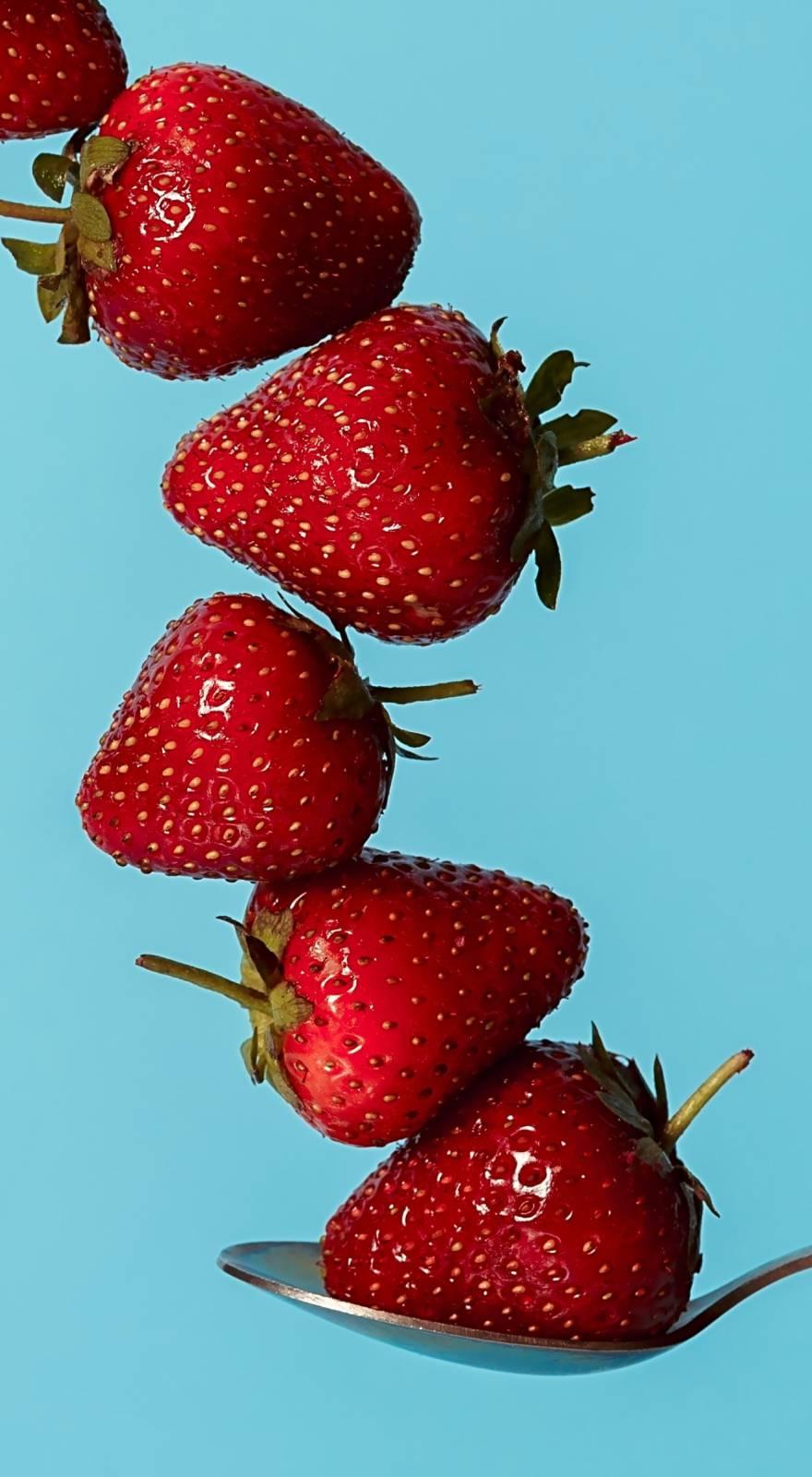Knowde Enhanced TDS
Identification & Functionality
- Ingredient Name
- Food Ingredients Functions
- Commodity Code
- 28061000.0
- Ingredients
- Hydrochloric Acid
- Food Additive Number
- E 507, INS 507
- Technologies
Features & Benefits
- Labeling Claims
- Food Ingredients Features
- Benefits
- Reduces the alkalinity levels of brewing liquor
- Gives optimum pH levels throughout the whole brewing process
- Stimulates maximum enzyme activity during mashing .
- Improves extract yield and fermentability
- Improves wort run off, clarity and stability
- Adds desirable chloride ions
- Reduces extraction of undesirable compounds that cause astringent off flavors
Applications & Uses
- Markets
- Food & Nutrition Applications
- Principle
The objective of liquor treatment is to convert your water supply into acceptable brewing liquor. Treating your brewing liquor is vitally important. When applied correctly all the steps throughout the brewing process will be at the optimum pH. If it is applied incorrectly you will get poor extract and beer that is difficult to clarify. Liquor Treatments adjusts liquor alkalinity without the need for boiling by removing unwanted carbonate ions and adding desirable ions, such as chloride and sulfate in the correct ratios, ideal for most beer styles.
- Alkalinity
Alkalinity is mainly caused by calcium carbonate and bicarbonate. The alkalinity of your liquor plays a very important role in pH control. It causes high pH values throughout the brewing process. Hydrogen ions are removed from solution, thus wort pH remains high which results in low extract yield; presence of undesirable protein components; worts and beers prone to infection; increased extraction of silicates, polyphenols and tannins during sparge and harsh “after tastes” in the finished beer.
- pH
The pH of the liquor will have little effect on the pH of the wort and beer. Alkalinity and calcium are more important in pH control. Once you have established correct levels of these ions it is advisable to follow the guidelines of typical pH measurements in the brewing process shown below. pH meters can be purchased from Murphy and Son Ltd.
Raw Liquor pH 6.0-8.0 Treated Liquor pH 6.0-8.0 Mash pH 5.2-5.5 1st Runnings pH 4.8-5.2 Last Runnings pH 5.4-5.6 Wort in Copper pH 5.1-5.4 Wort after boil pH 4.9-5.3 Beer after fermentation pH 3.7-4.2 Table 2. Typical Ph Measurements Throughout The Brewing Process
- Application And Rates Of Use
- Application
Hydrochloric Acid 30% can be added to either the cold or hot liquor tank and should be thoroughly mixed. Time should be allowed to release the carbon dioxide produced by the neutralization of excess carbonate. Please take into account any residual treated liquor when topping up your tank as this will affect alkalinity levels. Addition of hydrochloric acid 30% to the cold liquor tank has the added benefit of preventing scale build up on the heating elements.
- Rates of Use
Addition rates for Hydrochloric Acid 30% are dependant on the levels of alkalinity and other important ions (especially chloride ions) present in your untreated liquor. Raw liquor can have an alkalinity of up to 300 mg/liter. Brewers need to reduce their alkalinity down to a range of 30–100 ppm (refer to table 1) depending on which beer styles they wish to produce. In some cases raw liquor can already be in that range so no acid treatment is required. Levels of the relevant ions present in your liquor can be obtained from your Local Water Authority or you can send in 50ml of your raw liquor to Murphy’s laboratory for a full analysis and suggested treatment rates. Please note, Local Authority reports can provide results that are not up to date and may affect your calculations for ideal dosage rates. It is advisable to check the analysis of your water at least once a year, or on a more regular basis if the supply changes. Once you have obtained your analysis of your raw liquor you can then calculate your dosage rates by selecting which beer type you wish to brew and refer to Table 1. This will help you determine how many ions to add or reduce. 5ml per hl of Hydrochloric Acid 30% reduces alkalinity by 23.6ppm and increases chloride by 16.5ppm.
Properties
- Physical Form
Regulatory & Compliance
- Certifications & Compliance
Technical Details & Test Data
- Typical Levels Of Ions In Brewing Liquor Used To Produce Different Types Of Beer
Bitter Strong Bitter Lager (65°C) Porter Mild Wheat Stout Calcium 180-220 200-220 120-140 130-160 120-140 180 120-140 Alkalinity 30-50 30-50 30-50 100 100 35 150 Chloride 150-300 200-300 Low 200-300 300 250 300 Sulfate 250-400 300-400 Low 200-300 150 220 100
Packaging & Availability
- Packaging
- Contains E507
- 25 and 1150 KG
Storage & Handling
- Storage And Shelf Life
- Store in cool conditions away from direct sunlight
- Keep in original container
- Keep containers sealed when not in use
- Storage temperature is 10°C - 20°C
- Precipitation may occur at low temperatures
- The shelf life at the recommended storage temperature is at least one year from the date of manufacture

